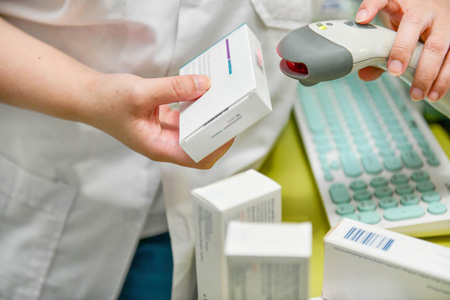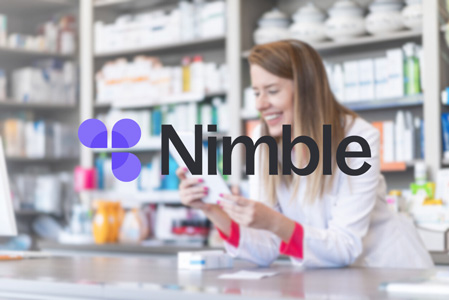


What Are the Different Kinds of GLP-1 Agonist Treatments?
With the amount of news coverage that GLP-1 drugs get, it can be difficult to discover facts from rumors. When making any major healthcare decision, it’s important to be informed and educated. Before making the call to talk to your pharmacist or provider about potentially taking a GLP-1, it’s crucial that you understand the science behind these drugs and what different kinds exist.
Let’s dive into a scientific introduction to GLP-1 agonists, how it can influence operations in your body, and what different GLP-1 treatments exist.
Introduction to GLP-1 and Its Importance
GLP-1 medications are a class of drugs that are designed to help manage Type 2 diabetes by mimicking the natural hormone GLP-1. Our bodies produce GLP-1 to regulate blood sugar — and these drugs help lower blood sugar levels by releasing insulin and curbing glucagon secretion. Additionally, they slow down gastric emptying, leading to a more gradual absorption of glucose, and reduce appetite — all of which aid in weight loss.
These medications have become game-changers for patients who live with diabetes or have struggled with maintaining a recommended Body Mass Index (BMI). According to the Centers for Disease Control, over 38 million Americans have diabetes and about 90% to 95% of them have type 2 diabetes. These medications can drastically improve the lives of so many patients.
The Different Kinds of GLP-1 Agonist Treatments
There isn’t just one GLP-1 drug. In fact, there are a whole host of different medications that belong to this drug class. Let’s examine each type of medication and what sets them apart from one another.
Short-acting GLP-1 Receptor Agonists
Most of the GLP-1 medications on the market today are given via injections either at home by the patient or in a medical office. Short-acting GLP-1 medications may have to be administered as frequently as twice daily.
Long-acting GLP-1 Receptor Agonists
Alternatively, other GLP-1 medications may be administered much less frequently. Many treatments available today are administered via injection once a week and can be done at home or within a medical setting.
Oral vs. Injectable GLP-1 Treatments
As mentioned, most GLP-1 medications are injected on a twice-daily, daily, or weekly basis. Given that this method of administration can be uncomfortable or inaccessible for some patients, oral GLP-1s have beyond to be developed. The FDA has approved their first oral GLP-1 to be prescribed and taken daily. Many in the medical field are hopeful that with the increased accessibility that oral medications offer, patients will have an easier time remaining adherent to their treatment for GLP-1s.
Before you start any of the above medications it’s important that you reach out to your physician or pharmacist to have a thoughtful discussion on your needs, preferences, and what course of action could be right for your health journey.
The information on this site is for informational purposes only and should not replace direct medical advice, diagnosis, or treatment from your doctor or another qualified healthcare provider.
Sources:
“GLP-1 Agonists.” The Cleveland Clinic.



















.jpg)





















.jpg)

















.jpg)


























.jpg)
.jpg)
.jpg)













